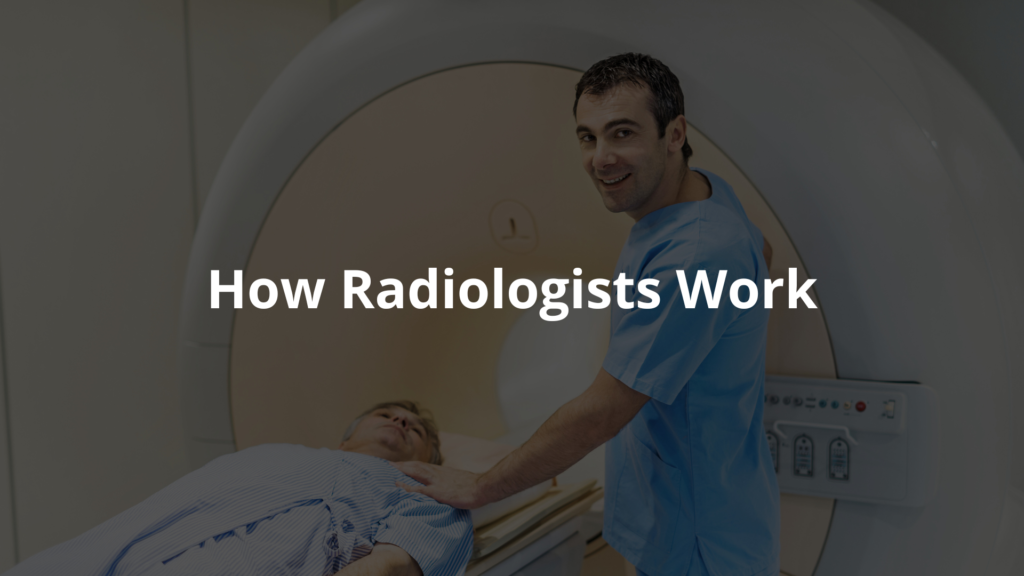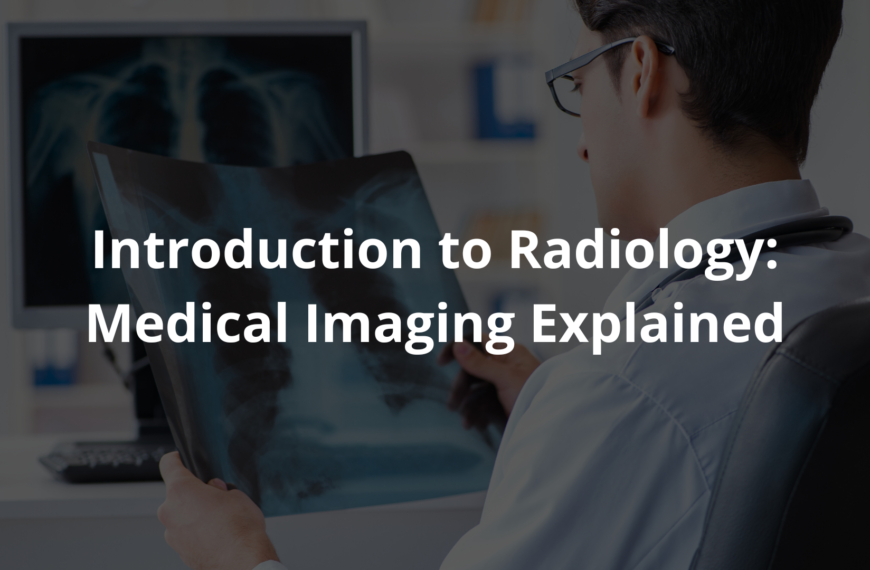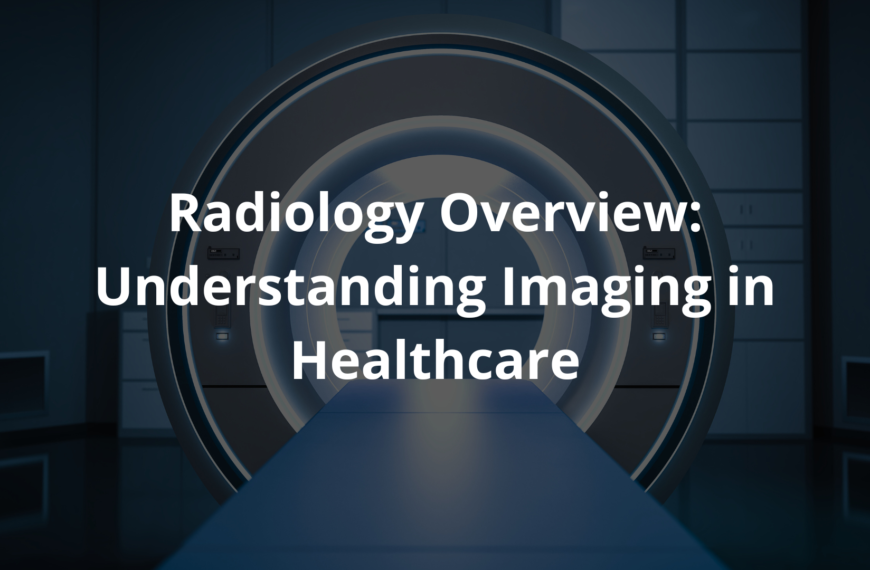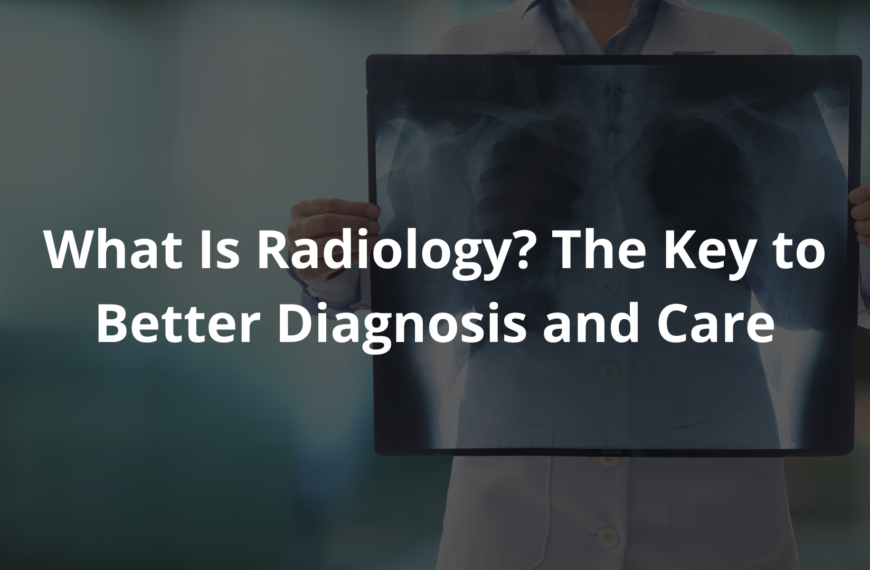Uncover the vital radiologist role: Diagnosing illnesses through advanced medical imaging techniques.
Radiologists are the kind of doctors who work behind the scenes, yet their role is vital in figuring out what’s going on inside a patient’s body. They don’t just look at pictures; they interpret complex images from CT scans, MRIs, and X-rays, turning them into answers for other doctors. It’s a mix of science and intuition, really. They collaborate closely with medical teams, piecing together puzzles to help diagnose and treat illnesses.
Ever wondered how someone becomes a radiologist or what tools they rely on daily? Stick around—there’s a lot more to uncover about these unsung heroes of medicine.
Key Takeaway
- Radiologists are doctors who use imaging tests to help diagnose and treat diseases.
- They need a lot of education and training to interpret medical images accurately.
- Working together with other healthcare professionals is a key part of their job.
What Does a Radiologist Do
Radiologists play an important part in healthcare. They’re the specialists who use imaging tests like CT scans, MRIs, and X-rays to help figure out what’s going on inside the body. These images are like snapshots of someone’s health. For instance, a radiologist might check a CT scan to see if a patient has a broken bone or something more serious, like lung cancer. Their job is to help other doctors understand what the images reveal, so patients can get the right treatment. Without radiologists, it’d be much harder for doctors to make accurate decisions about care.
Every day, radiologists look at lots of different images. They need sharp eyes and a deep understanding of what’s normal and what’s not. Sometimes, they’re under a lot of pressure, especially when a patient needs urgent care. Their ability to quickly and correctly interpret images can make a big difference in how fast a patient gets help. It’s a challenging job, but it’s also crucial because it directly impacts patient outcomes.
Radiologists also work closely with other medical professionals. They explain what they’ve found in the images, answer questions, and discuss the next steps for treatment. This teamwork is vital—it helps everyone involved make the best decisions for the patient. In a way, radiologists are like detectives, piecing together clues from the images to solve health problems.
Qualifications of a Radiologist
Becoming a radiologist in Australia takes years of education and training. The process usually looks like this:
- Undergraduate Education: Most start with a degree in medical studies or a related field.
- Medical Degree: They then complete a Doctor of Medicine (MD), which takes about six years.
- Internship: After graduating, they work in a public hospital for at least two years to gain hands-on experience.
- Specialist Training: Next, they join the Royal Australian and New Zealand College of Radiologists (RANZCR) for five years. During this time, they learn about different imaging techniques and how to interpret them accurately. [1]
By the end of this long journey, radiologists are highly skilled. They don’t just know how to read images—they’re also trained to communicate clearly with patients and other doctors. This is important because patients are often anxious about their tests, and radiologists need to explain things in a way that’s easy to understand. All this training ensures that radiologists are ready to handle the demands of their job. With the right skills and knowledge, they play a key role in saving lives.
Radiologist vs Technician
There’s a clear difference between a radiologist and a radiographer (often called a technician).
Radiologists are fully qualified medical doctors. They’ve completed years of training to specialise in reading medical images, like X-rays, MRIs, and CT scans, to make diagnoses. They’re also skilled in several imaging techniques and can even perform certain medical procedures, like biopsies guided by imaging.
Radiographers, on the other hand, are trained to create those images. They work with the machines—positioning patients, adjusting equipment, and ensuring the images are clear and accurate. While they don’t diagnose conditions, their role is still essential.
The two roles are different, but they’re closely linked. Radiologists depend on radiographers to produce high-quality images. If the images are blurry or incorrectly taken, it can make the radiologist’s job much harder. So, teamwork between these professionals is key. In a hospital or clinic, they rely on each other to give patients the best care possible.
Radiologists in Australia
In Australia, radiologists play a vital part in healthcare. They work in hospitals, clinics, and even remotely, helping to diagnose a wide range of health problems. Their expertise is especially important for detecting serious conditions like breast cancer or colon cancer.
As medical technology continues to improve, the demand for radiologists is growing. They’re responsible for interpreting complex imaging studies, which requires not only skill but also staying updated on the latest advancements. Many attend workshops and conferences to learn about new tools and techniques in medical imaging. This ongoing education helps them provide the best care for their patients.
Telehealth has also changed how some radiologists work. These days, many can read and interpret images from different locations, helping patients in rural or remote areas. This flexibility has made their role even more valuable in Australia’s healthcare system.
Radiologists are becoming more recognised for the critical role they play. By working closely with other healthcare professionals, they help ensure patients get accurate diagnoses and effective treatments. Their work directly impacts patient outcomes, making them an essential part of any medical team.
Interpreting Results
Radiologists have a pretty big responsibility when it comes to interpreting results. Their job starts with picking the right imaging test for what the patient needs. This could be something like an X-ray, MRI, or CT scan, depending on the situation.
Once they have the images, they carefully study them to figure out what’s going on. They look for anything unusual—something that might explain a patient’s symptoms. After that, they write up a report. This report goes to the doctor who ordered the test, explaining what they found and what might need to happen next.
These reports are more than just notes—they’re crucial for helping doctors decide on the right treatment. It’s not just about spotting a problem; it’s also about making sure the information is clear and useful.
Sometimes, though, the results aren’t so simple. A radiologist might see something that raises more questions than answers. In those cases, they could suggest more tests or recommend the patient see a specialist. Being thorough matters—it’s how they make sure nothing important gets overlooked. Radiologists are a key part of making sure patients get the right care.
How Radiologists Work

Radiologists don’t work alone—they’re part of a team. They often join meetings with other healthcare professionals to talk about patient cases. These discussions help make sure everyone’s on the same page and that patients get the best care possible. [2]
In some cases, radiologists have to act fast. If a scan shows something serious, like a stroke or internal bleeding, they quickly let the treating doctor know. This kind of quick action can make all the difference.
During team meetings, radiologists share what they’ve found in the images. They also listen to input from other doctors, like surgeons or specialists. This back-and-forth helps everyone understand the patient’s needs better. By working together, they can come up with the best treatment plans.
Collaboration is especially important in emergencies. For example, if a scan shows a life-threatening issue, the radiologist’s quick response can save a life. Their ability to work well with others is a big part of why they’re so important in healthcare.
Tools Used by Radiologists
Radiologists rely on some pretty remarkable tools in their work. These include:
- Imaging Equipment: Machines like X-rays, CT scans, and MRIs are used to capture detailed images of the inside of the body.
- Software: Special programs help them analyse these images and prepare reports for doctors.
- Protective Equipment: When working with certain imaging tests, they wear gear to shield themselves from radiation.
Each tool serves a specific purpose. For example, X-rays are often used to check bones, while MRIs are better for examining soft tissues like muscles or organs. This range of equipment allows radiologists to get a clearer understanding of a patient’s condition.
Radiologists don’t just use these tools—they master them. They learn the settings, techniques, and methods for each type of imaging, ensuring they produce the clearest images possible. This expertise is critical for accurate diagnoses and effective treatments.
Importance of Radiologists
Radiologists play a key role in healthcare. They help detect illnesses early, which can make a huge difference. For example, spotting lung cancer in its early stages can lead to more treatment options and better outcomes. Their work provides patients with accurate information about their health, which is essential for making informed decisions.
They also help prevent small problems from turning into big ones. By identifying early signs of disease, radiologists can help doctors act before a condition worsens. This kind of early intervention can prevent complications and improve long-term health outcomes.
Radiologists don’t just diagnose—they also track progress. By comparing new images with older ones, they can see how well a treatment is working. This helps doctors adjust treatment plans if needed, ensuring patients get the best care possible.
Consultation with Radiologists
Talking with a radiologist can make a big difference for patients. Often, doctors send patients to radiologists to go over imaging results in more detail. This might mean discussing what was found in a scan or deciding if more tests are needed. Radiologists are there to help patients understand their test results and what they could mean for their health.
It’s natural for patients to feel nervous about their results. A radiologist can explain things clearly, which might help ease some of that worry. They can break down what the images show and talk about the next steps. This kind of direct conversation helps patients feel more informed and in control of their health.
Radiologists also offer advice on which tests might be the most useful for a particular situation. They use their experience and knowledge to guide patients in the right direction. This consultation process is a key part of making smart health decisions.
Second Opinions
Asking for a second opinion from a radiologist can be a wise choice, especially for serious conditions like cancer. If a patient isn’t completely sure about their diagnosis, they might ask another radiologist to review their scans. This can either confirm the original findings or provide new insights. It’s all about making sure the patient has all the facts and feels confident in their care.
Second opinions can bring peace of mind. When more than one expert agrees on a diagnosis, it can help patients feel more secure. It’s also an opportunity to look at different treatment options. Sometimes, a second opinion might point to another approach that could be better suited to the patient’s needs.
Patients should feel comfortable seeking second opinions. After all, it’s their health, and they have the right to understand everything before making decisions. Radiologists are usually understanding of this and are happy to work with patients to ensure they feel supported in their care.
FAQ
What vital role do radiologists play in modern medicine and health care?
Radiologists are imaging experts who play a central role in health care. At medical centers, they help guide doctors by reading imaging exams and ensuring patient safety. Their knowledge of medical physics and radiation safety is crucial for quality of care. They engage and work across many areas of medical practice, from primary care to specialized treatments.
How many years of medical school and training do doctors need to become board certified radiologists?
In the United States and North America, radiologists devote time to years of medical training. After medical school, doctors trained in radiology need another 4-5 years of study. The royal australian medical system has similar requirements, ensuring radiologists understand everything from basic slice ct scans to complex nuclear medicine.
What does a typical radiologist job involve in based healthcare?
Radiologists spend their days handling imaging services and direct patient care in breast clinics and other departments. They use problem solving skills to understand clinical disease patterns. Their time and effort goes into reading scans, from basic x-rays to advanced imaging exams, always following the hippocratic oath to put patients first.
How are radiologists keeping up with rapidly changing medical technology?
Modern medicine keeps changing, so radiologists use open access resources like google scholar and springer nature to stay current. They rely on decision support tools like esr iguide and keep up with insights imaging publications. From brady ap methods to new imaging findings, they’re always learning.
How do radiologists contribute to public health and cancer screening?
Radiologists play a vital role in public health through cancer screening programs. They use based radiology techniques to help with decision making for cancer patients. Working in imaging services across medical centers, they create detailed imaging reports that guide treatment choices.
What academic roles do radiologists take on?
Many join editorial boards of journals like eur radiol and acad radiol. They write white papers under creative commons licenses and support eu mission initiatives. Through the american college and assoc radiol organizations, they work to improve the total number of trained specialists and advance based healthcare.
How do radiologists ensure accurate radiology reports?
Radiologists spend careful time analysing each scan and documenting imaging findings. Their reports help with clinical disease management and support hospital decision support systems. The quality of care depends on their attention to detail and understanding of medical physics.
What opportunities can medical students find in radiology?
Medical students interested in radiology can learn about everything from basic imaging exam procedures to advanced nuclear medicine. Many teaching hospitals show students how radiologists engage and work with patients while maintaining radiation safety standards. It’s a field that rewards both technical skills and dedication to patient care.
Conclusion
Radiologists, those folks behind the scenes in healthcare, use imaging tests like X-rays, MRIs, and CT scans to help diagnose and treat diseases. Their job takes years of training, and they work with all sorts of tech while teaming up with other medical professionals. They’re essential for patient care and safety, really holding the system together in many ways. So, next time you hear “radiologist,” you’ll know they’re more than just picture-takers—they’re lifesavers.
References
- https://medrecruit.medworld.com/articles/how-to-become-a-radiologist
- https://www.betterhealth.vic.gov.au/health/serviceprofiles/Radiologist




